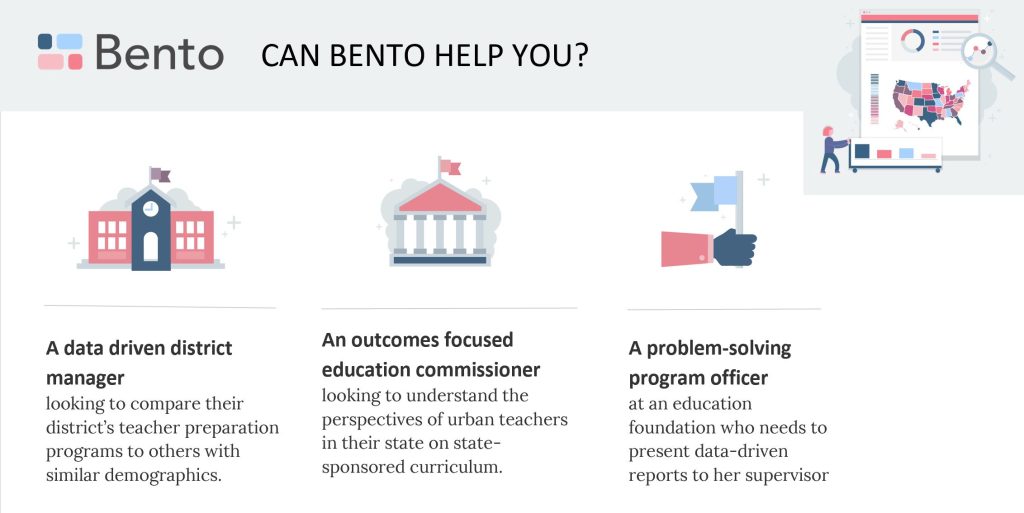Written by: Sam Arrona
As an education consultant who has also worked as an Executive Director of Family Support for Newark Public Schools and as a traditional public and charter school teacher in Houston, I believe effective public schools and high-quality education have the potential to be life-changing. It certainly changed mine.
I grew up in Brownsville, Brooklyn, which has the largest concentration of public housing in the country.[1]. Statistically, I had a small chance for success. Fortunately, as a high-achieving student, I earned a scholarship to a Pennsylvania boarding school. The opportunity completely changed the trajectory and outcome of my life — for the better.
The experience made me realize that education is at the core of our society, creating safer communities and fueling upward mobility for students, both socially and economically. My goal is to improve our educational institutions to advance student success.
Bridging the gap
After teaching in Houston school districts and charter schools for five years and transitioning to public policy work, I recognized that my passion was in using data to help schools, districts, and communities make better decisions. Data-driven analyses help schools make more informed, effective and measurable organizational changes to impact students positively.
Early on in my career I also realized there was a disconnect between state education policy and the implementation of policy at the school district level. Public policy can be very broad and open to interpretation. The people in the school districts are left to translate the policy into reality that may not make sense in their community or without the tools to implement policies as intended effectively. That’s where hiring a consultant to bridge the gap is essential.
To bridge the gap for improved organizational effectiveness and change, we take a co-creative approach with our clients. At the outset, we help them define the vision of success for their school district. We start with the end in mind. First, we work with our clients strategically to create a vision for the future based on their needs and the reality of their environment and circumstances. We engage district offices, stakeholders, unions, families and communities to develop a set of deliverables that everyone can agree upon. When people are part of the process, they can execute change with greater commitment because they have been a part of the process. Often consultants come in with materials and recommendations which are not grounded in the reality of the specific district or community.

Our recommendations for change truly reflect the reality of that district. We support districts with a project plan. We help create the tools and resources to be more efficient and effective. For example, with Bento, our free data visualization tool for decision makers in education, school districts can organize their state survey data in a comprehensive manner to drive data-based decision making. Based on national studies and surveys, data is pulled for comparative reviews. You can access this information to see trends, benchmark, and compare against others. It’s a good starting point to understand the current state and what information is available to support the work you are doing and the changes you want to make.
Beyond the report
To facilitate effective organizational change, we stay committed to a project to help with the implementation process, ensuring that the recommendations of our report are executed well. We create a stakeholder process comprised of a 90-day plan to help ensure that the most important recommendations come to fruition. Part of the process includes coaching client teams to execute the recommendations faithfully.
It also matters how you communicate recommended changes. When you are grounded in the “why” of the work you are doing with positive intent ― connecting back to how the changes benefit students ― people can usually agree on the course of action. While we may expose areas that need support or change, people are open to that feedback when they understand the end goal. We are all here for students. If the organizational structure is not working optimally, how can we fix it together? Again, the goal is to put students first, front and center.
Unintentionally, sometimes district processes or approaches are not student-centered. That’s when we need to reexamine the “why.” How do we approach change to be more thoughtful and bring students along in a more positive way? We get there through a framework of analyzing and understanding how to better serve students. It’s harder to let students fail than to do the work that creates success.
Project management support
We also provide project management support after an organizational effectiveness study. If a district faces challenges with few resources or capacity on the ground to execute recommendations, we can support the client’s core team to implement a project.
We help build the team’s ability to manage and implement effective changes, encouraging the adoption of more efficient processes. We help the project team on the ground use their skills to get the work done successfully.
We have worked with core groups in transformation offices and have seen our strategies and support spread to other departments. Having worked in the trenches, we can demonstrate effectiveness very quickly to team members and help execute changes well.
Leading change
Typically, we work with new superintendents during leadership transitions and the development of strategic plans, which are often followed by a reorganization to streamline operations for greater effectiveness. Superintendents engage with us when they want to start on the right foot in a new district from day one. They don’t want to lose a year of activity and effectiveness during a leadership transition.
As an experienced, objective third-party, we assess the landscape to provide the solutions superintendents seek. We balance our organizational analysis with a understanding of the local context and superintendent’s tolerance level for risk and change. We present recommendations that are aligned with the superintendent’s vision with the end goal of greater student success.
Sources:
https://www.kitamba.com/our-history
https://www.getbento.info/whybento/#whatdata
https://www.aihr.com/blog/organizational-effectiveness/
https://en.wikipedia.org/wiki/Brooklyn

